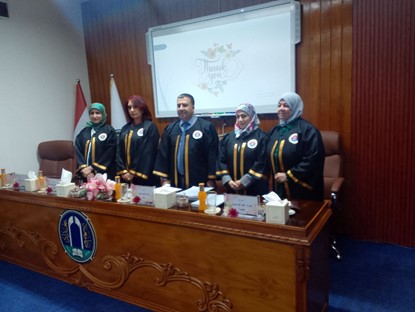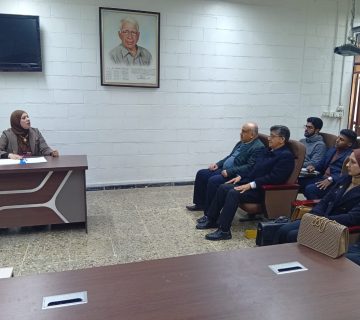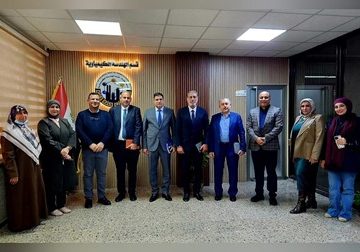In a recent academic endeavor at the Chemical Engineering Department of the College of Engineering, University of Baghdad, an MSc thesis examination took place. The thesis, titled:
“Performance of Electro-Fenton Process for Degradation of Organic Pollutant from Wastewater,”
focused on the utilization of the Electro-Fenton (EF) process for wastewater treatment. This process, a type of advanced oxidation process (AOP), is recognized for its high treatment efficiency.
The study delved into three distinct systems designed for the treatment of simulated phenol-containing wastewater:
-
System One: Utilized nickel foam as the cathode and graphite as the anode. Operational parameters such as FeSO4 concentration, current density, and electrolysis time were optimized for phenol removal using statistical methods.
-
System Two: Employed the 3D electro-Fenton technique, featuring iron foam particles as a third electrode. This system involved modified carbon fiber (CF) with graphene as the cathode. The study assessed the impact of iron particles, graphene, and time on phenol removal efficiency.
-
System Three: Investigated the inclusion of granular activated carbon (GAC) particles as 3D electrodes. Nickel foam served as the source of hydrogen peroxide (H2O2), and the study examined current density, electrolysis time, and GAC amount on catalytic performance.








